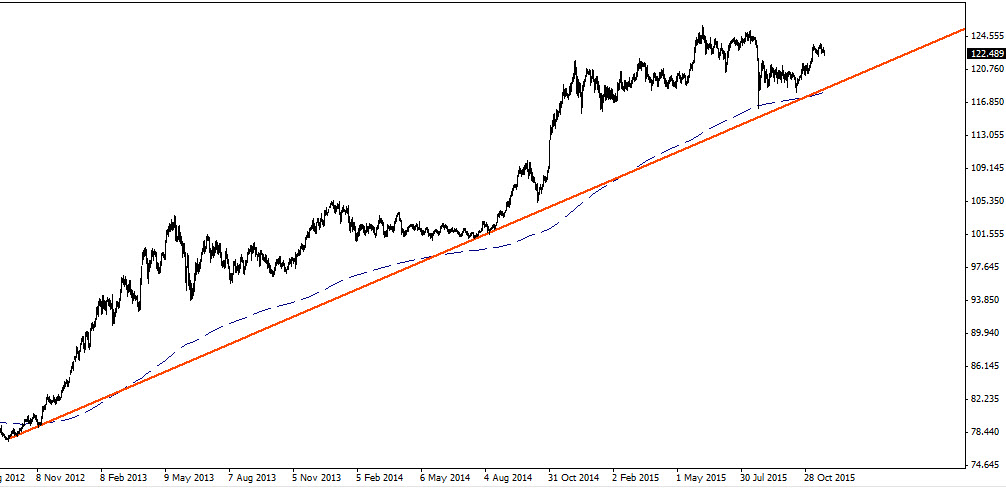
From the Bank of Japan’s recent monetary statements, one might assume that Yen bears have hit a brick wall. The BoJ refrained from adding more stimulus and kept its ¥80 trillion annual bond purchases unchanged.
The BoJ’s reticence seems a disquieting throwback to the monetary policy of the Shirakawa days. Then, the BoJ was in a clear state of denial and refrained from making extra stimulus. Now, though it may seem history is repeating itself, this is not the case. Governor Kuroda is certainly no Shirakawa, and the Yen is not about to get stronger.
What Is The BoJ Really Doing?
At first blush, it just doesn’t add up. How can this be the same Haruhiko Kuroda? The man who announced ¥80 trillion in stimulus in a jaw dropping move suddenly and inexplicably turned passive. But, as the saying goes, appearances can be deceiving. In fact, the BoJ is really making a very calculated move.
Those that are familiar with Japanese culture tend to emphasize the importance of nuance in every statement. But there was no need to decipher nuance this time around. In no uncertain terms, Kuroda bluntly stated it was time for the government to share the burden. In order to revive the Japanese economy, Kuroda called openly and vociferously for fiscal reform.
Why Pressure The Government?
Kuroda is a highly calculating central banker. As such, he is well aware of the first rule in central banking. That is that credibility is the highest virtue for a central banker. When growth stabilized among Japan’s trading partners, it was clearly a good time to weaken the Yen. That would then amplify the momentum of Japanese exporters.
But this strategy is only helpful when global demand for goods is rising. Then, a weaker Yen could help Japanese exporters win more business and stimulate growth. But when demand is weak a weaker currency tends to be nothing more than a Band-Aid.
So in Kuroda’s eyes, the focus should shift to the government in stimulating domestic demand. Indeed, Kuroda’s pressure does appear to be working. Shinzo Abe’s government has reversed course from its fiscal tightening and is drafting a round of stimulus.
What It Means For The JPY
What happens when the central bank refrains from more stimulus while the government moves towards a larger fiscal deficit? Some might say it's six of one, half-dozen of the other. In either case it is the same outcome; more Japanese Yen in circulation.
While on the face of it one might conclude that stimulus in Japan has hit a brick wall it’s really only changed form. Japan is moving from monetary stimulus to fiscal stimulus. Therefore, nothing is new under the “rising sun” and the trajectory for the USD/JPY can continue to be bullish. Especially now, with the Federal Reserve on the cusp of hiking rates.
And if this is the case, then the strategy for the pair should become clear; every dip in the USD/JPY is temporary. That makes it a good opportunity to jump into the trend at a better price.

Chart courtesy of Metaquotes
Look for my post next week.
Best,
Lior Alkalay
INO.com Contributor - Forex
Disclosure: This article is the opinion of the contributor themselves. The above is a matter of opinion provided for general information purposes only and is not intended as investment advice. This contributor is not receiving compensation (other than from INO.com) for their opinion.

HOw to trade
Being based in the UK, I am not familiar with US fx ccy pairs trading. Are there ccy options and if so where do I find the symbols.
Thanks
Peter